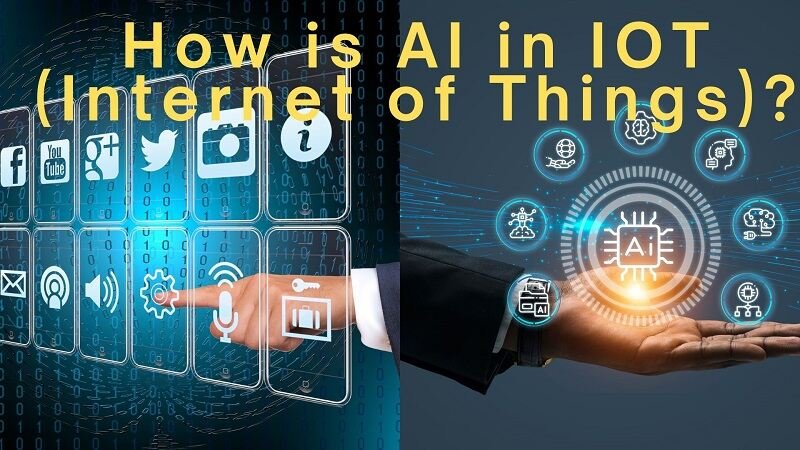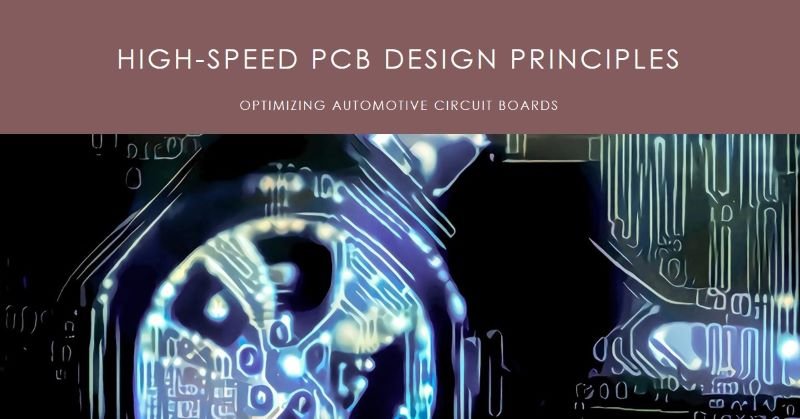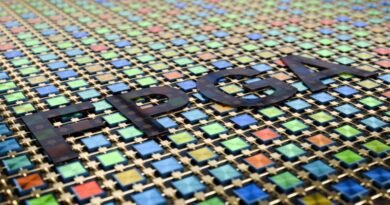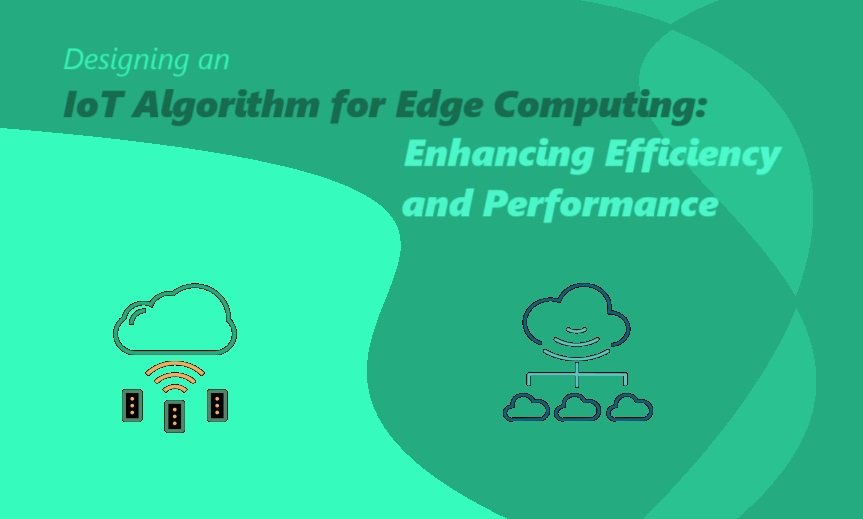How is AI in IOT(Internet of Things)?
The Internet of Things (IoT) is rapidly reshaping the way we interact with the world around us, and understanding “How is AI in IoT (Internet of Things)?” plays a pivotal role in this transformation. From smart homes and connected cars to industrial automation and healthcare, IoT devices are revolutionizing various aspects of our lives. But as the sheer volume of IoT devices continues to grow, so does the need for intelligent solutions to manage, analyze, and extract meaningful insights from the vast amounts of data generated. This is where Artificial Intelligence (AI) steps in as a transformative force in IoT.
How is Artifical Intelligence in IOT?
AI in IoT (Internet of Things) is a dynamic and transformative combination that is revolutionizing the way we interact with and utilize connected devices and data.
The fusion of Artificial Intelligence and the Internet of Things, often referred to as Artificial Intelligence of Things (AIoT), represents the integration of AI technologies within the IoT infrastructure. AIoT’s primary objective is to enhance IoT operations, optimize interactions between humans and machines, and improve the management and analysis of data.
Artificial Intelligence, or AI, pertains to the emulation of human-like intelligence processes carried out by machines, particularly computer systems. AI technologies find applications in areas like natural language processing, speech recognition, and machine vision, where they enable machines to comprehend, interpret, and respond to human input.
The Internet of Things, or IoT, encompasses a network of interconnected devices, both digital and mechanical, each possessing distinct identifiers. These devices have the capability to transmit data across a network without necessitating human-to-human or human-to-computer involvement. In the realm of IoT, a ‘thing’ can be diverse, ranging from a person’s implanted heart monitor to an automobile equipped with sensors that alert the driver about low tire pressure. Essentially, any object that can be assigned an IP address and transmit data over a network can be considered an IoT ‘thing.’
Here’s a closer look at how AI is integrated into IoT and the profound impact it’s making:
Data Analytics and Insights
IoT devices generate an enormous volume of data, often in real-time. AI algorithms are employed to process and analyze this data, uncovering valuable insights. These insights can be used for predictive maintenance, optimizing operations, and making data-driven decisions.
Predictive Maintenance
AI-driven predictive maintenance is a standout application of AI in IoT. Sensors on industrial machinery, for example, collect data on equipment performance. AI models can then analyze this data to predict when maintenance is needed, preventing costly breakdowns and improving overall operational efficiency.
Machine Learning and Automation
IoT devices are used in industrial and manufacturing settings to automate tasks. AI, particularly machine learning, is essential for training models that allow these devices to recognize patterns, make autonomous decisions, and improve efficiency.
Healthcare and Wearable Devices
Wearable IoT devices monitor personal health metrics. AI algorithms analyze this health data to provide real-time feedback and early warnings of health issues, empowering individuals to make proactive choices regarding their well-being.
Smart Homes and Consumer IoT
In smart homes, AI-driven voice assistants and smart devices learn user preferences and adapt to them. For example, AI can adjust lighting and climate control based on user behavior, enhancing comfort and energy efficiency.
Transportation and Autonomous Vehicles
IoT sensors in autonomous vehicles collect vast amounts of data about the vehicle’s surroundings. AI algorithms, including computer vision and deep learning, process this data to navigate and make real-time decisions. This technology is revolutionizing the automotive industry and promises safer transportation.
Energy Efficiency
IoT devices in homes and businesses can monitor and control energy consumption. AI algorithms learn from user behaviors and adjust settings to optimize energy usage, reducing costs and environmental impact.
Smart Cities
IoT and AI are working together to create smart cities. IoT sensors collect data on traffic, energy usage, waste management, and more. AI algorithms analyze this data to optimize traffic flow, reduce energy consumption, and improve public safety.
Security and Anomaly Detection
AI helps enhance the security of IoT networks. It can identify anomalies in data patterns that may indicate a security breach and take corrective actions in real-time, safeguarding connected systems.
Ethical Considerations
As AI in IoT becomes more integrated into our lives, ethical considerations are vital. Decisions made by AI algorithms in critical domains like healthcare or autonomous vehicles raise ethical questions that need to be addressed responsibly.
In summary, the fusion of AI and IoT is reshaping various industries and aspects of our daily lives. It enables more efficient, data-driven, and personalized experiences, while also presenting challenges that require careful consideration and regulation. As both technologies continue to advance, the future holds even greater promise for the synergy of AI in IoT.
The Integration of AI and IoT
AI and IoT are complementary technologies that, when combined, create a synergy greater than the sum of their parts. IoT devices collect vast amounts of data, but without AI, this data would remain largely untapped. AI algorithms have the ability to process and analyze data at speeds and scales that humans simply cannot match, making it a crucial tool for harnessing the potential of IoT. Let’s explore how AI is revolutionizing IoT in various domains.
- Predictive Maintenance
In industrial settings, IoT sensors are used to monitor the condition of machines and equipment. With AI, these sensors can predict when maintenance is needed, reducing downtime, extending the lifespan of assets, and saving costs. Machine learning models analyze historical data and real-time information to identify patterns and anomalies, giving maintenance teams early warnings and precise recommendations.
- Smart Healthcare
IoT devices in healthcare can monitor patients’ vital signs, medication adherence, and even help with remote diagnosis. AI-driven algorithms can analyze this continuous stream of data to detect anomalies, enabling healthcare professionals to intervene proactively. It can also assist in disease prediction and monitoring, making healthcare more personalized and efficient.
- Autonomous Vehicles
Self-driving cars rely heavily on IoT sensors to navigate and make split-second decisions. AI algorithms, including computer vision and deep learning, process the sensor data to understand the vehicle’s surroundings, detect obstacles, and make real-time decisions. The result is safer and more efficient transportation.
- Smart Cities
AI and IoT are transforming urban environments into smart cities. IoT sensors monitor traffic, energy usage, waste management, and other key aspects of city life. AI algorithms analyze this data to optimize traffic flow, reduce energy consumption, and enhance public safety. Smart city initiatives improve the quality of life for residents while reducing environmental impact.
- Energy Efficiency
IoT plays a critical role in monitoring and controlling energy consumption in homes and businesses. AI algorithms can optimize HVAC systems, lighting, and power usage by learning from user behaviors and adjusting settings accordingly. This not only saves energy and reduces costs but also helps in achieving sustainability goals.
Challenges and Concerns
While the integration of AI in IoT offers numerous benefits, it also comes with challenges and concerns. Some of these include:
- Data Security and Privacy: With the massive amount of data generated by IoT devices, ensuring data security and privacy becomes crucial. AI can aid in data encryption and identify potential threats, but individuals can also employ it for malicious purposes.
- Compatibility and Interoperability: Different IoT devices and platforms may use varied communication protocols and data formats. AI must be able to bridge these gaps to make IoT ecosystems work seamlessly.
- Scalability: As the number of IoT devices grows, the scalability of AI systems to process and analyze the data becomes a significant concern. Ensuring that AI can handle the increasing workload is essential.
- Ethical Concerns: AI-driven decisions in critical areas like healthcare and autonomous vehicles raise ethical questions. Ensuring that AI in IoT adheres to ethical standards and regulations is imperative.
FAQ on AIOT
How Ai is used in IOT?
AI empowers IoT by processing data for insights and automation. Key applications include predictive maintenance, personalized healthcare, autonomous vehicles, energy optimization, and smart city management. AI also enhances security by detecting anomalies. Together, AI and IoT revolutionize various domains, making systems smarter, safer, and more efficient.
Does IOT have AI
Yes, IoT incorporates AI to process and analyze the vast data generated by connected devices. AI enables predictive maintenance, personalized healthcare, energy optimization, autonomous vehicles, and smart city management, making IoT systems more intelligent and efficient.
Can IoT work without AI?
Yes, IoT can function without AI, but AI enhances its capabilities. IoT devices collect data, while AI’s data analysis and automation capabilities optimize performance, energy efficiency, and security. AI enables predictive maintenance, healthcare monitoring, autonomous vehicles, and smarter cities, making IoT more efficient and effective.
What is benefit of AI and IoT?
The synergy of AI and IoT delivers numerous benefits, including data-driven insights, predictive maintenance, enhanced automation, improved healthcare, energy efficiency, safer transportation, and smarter cities. It optimizes operations, reduces costs, and increases overall efficiency, revolutionizing various industries and daily life.
How is AI used in smart homes?
AI enhances smart homes by personalizing user experiences. Voice assistants like Alexa and Google Assistant use AI to understand and respond to voice commands. Smart devices learn user preferences through AI algorithms, adjusting lighting, climate control, and other settings for increased convenience and energy efficiency.
Conclusion
The integration of AI in IoT represents a powerful union that is transforming our world. The ability to analyze and act on data from a multitude of IoT devices with the speed and accuracy of AI is revolutionizing industries, improving our lives, and enabling the development of smart, connected ecosystems. As this technology continues its evolution, addressing the challenges and concerns associated with AI in IoT becomes essential to ensure a future where we fully realize the benefits of this synergy while minimizing potential risks.








